The SYNAGOGUE
THE DEVELOPMENT OF THE SYNAGOGUE IN EISLEBEN
Rüdiger Seidel
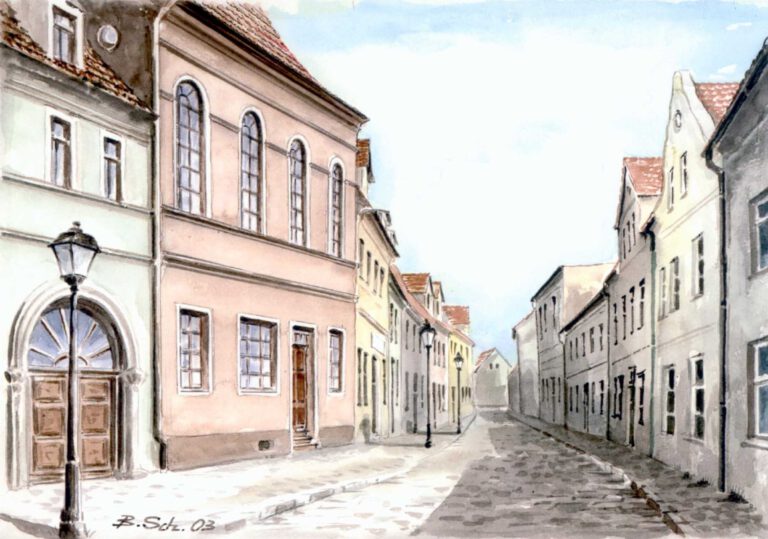
SUMMARY
After the number of Jews in Eisleben had grown considerably so that it was possible to form a community, they inaugurated a place of prayer in the rooms of a residential and business building in number 25 Luther-street on 9th September 1814.
Here they celebrated Sabbath and other corresponding ceremonies.
Since the 1830s they have had a teacher for religious instruction and the community, that since 1847 consisted more and more of Jewish citizens that had settled in the surroundings of Eisleben, needed a representative synagogue building. That’s why this house was rebuilt in 1849/50 and a representative hall (synagogue hall) was erected in the upper floor.
The community consisted of Eisleben, Hettstedt, Gerbstedt, Sangerhausen, Schraplau and Sandersleben. The public took part the inauguration of the synagogue and the high rabbi Dr. Ludwig Philippsohn from Magdeburg, who represents the liberal Judaism, preached to this consecration. The fact that the choir of the teachers department sang spiritual songs during the inauguration is also interesting.
The first Jews settled in our Mansfeld Land approximately in the 14th century because mining and the chances for Jewish existence developed. This Jewish community grew up to about 50 Jews in the time of reformation and there was a “Juedenhof”/ Jewish yard in the town in the 15th century, but it was dissolved at the end of the 15th century and Jews lived at different places of the town, like for example the Jew Hirsch near the Eisleben castle. The antijudaism of the reformation and Martin Luther finished the existence of Jews in our territory because the Elector of Saxony had passed an edict that did not allow Jews to live, trade and move through our area. Although the Jews of Mansfeld benefited from the support of the widow Dorothea of Mansfeld, they had to move to the east (the Polish Kingdom).
Jews only settled here at the end of the 18th century. The first families were the Schoenfelds and Schutzers, both tradesmen. In the 19th century the synagogue also served as a religious school. Since the 1830s they have had a cantor and sometimes a rabbi. At the end of the century rabbi Prof. Enoch is mentioned and from 1863 to 1876 cantor and mohel Samuel Hamburger, in the twenties of the last century Max Frank as cantor and in the final years of the community Gustav Mosbach worked as cantor.
The community had its highest number of members with ca. 200 (members) at the end of the 19th century. The Jews in Eisleben and its surroundings were mostly tradesmen, bankers and lawyers. The last representative of the Jewish community in Eisleben was Dr. Ludwig Koenigsberger, a notary public and lawyer, who had to transfer the old Jewish cemetery to the city of Eisleben in 1939 and was killed together with his family during the Shoah. Most Jewish families of Eisleben survived that time because they managed to escape or emigrate and a little part was killed. That were families that had been living here for a very long time like the Bratels, Rosenthals, Katzensteins and Mosbachs.
The 9th November 1938 also took place in national socialist Mansfeld Land, people were maltreated, the synagogue desecrated, ritual things were burnt or destroyed. Some Jews were arrested. The synagogue did not burn because it is situated in a row of houses in Luther-street in Eisleben and the fire could have been dangerous for the other houses, too and especially the Birthplace of Martin Luther which was and is near that building. That fact saved the building.
At the end of 1939 it was sold to a craftsman from Kreisfeld, a village near Eisleben, who wanted to rebuild it into a residential house in 1940. Yet it was war and a private rebuilding over 8.000 marks was forbidden and so the house “survived” the war undamaged. At the end of the war refugees and exiles lived here from time to time. After the war the house was not rebuilt because building materials were not available.
At the end of the 1940s and the beginning of the 1950s a special religious group of “Siebentagsadventisten” met in the hall and in 1959 the house was sold again and rebuilt sloppily but clearly.
It was changed into a residential building. In 2001 the owners wanted to sell the house and since that time the Society of the Eisleben Synagogue e.V. has existed, that wants to reestablish its old appearance and practicality. There are obvious indications of Jewish history on the ceiling, and on the walls, that must be refurbished. The house shall receive its aura of Jewish existence again and shall be shaped into a centre of multicultural meetings and history.
Rüdiger Seidel
Chairman
Eisleben, April 2008.
Email: info@synagoge-eisleben.de
Rescue this house and safe the history Your gift makes it all happen.
The Society of friends of the Synagogue in Eisleben is a charitable association. Your gifts, which are greatly appreciated, help to secure and to restore this unique monument and to ensure our continued ability to research for the jewish history in this region.
The Synagogue in Eisleben 1910. Reconstruction.
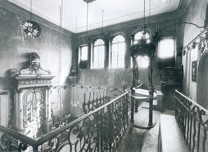
The Synagogue in Cavaillon.
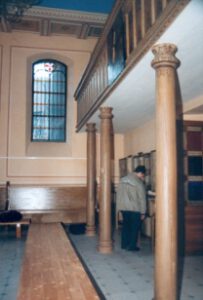
The Synagogue in Gröbzig.
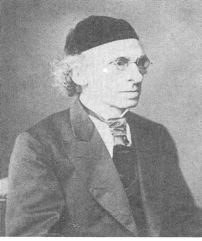
Ludwig Philippson (1811-1889), Rabbi in Magdeburg.
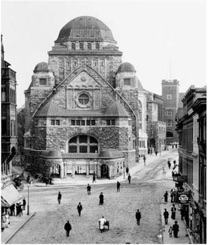
The Synagogue in in Essen 1914.
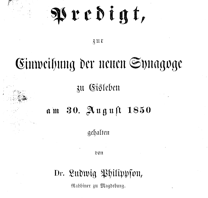
Sermon on the occasion of the dedication in 1850.
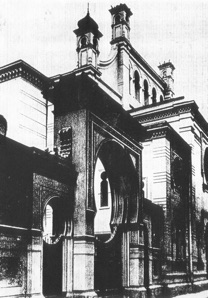
The old Synagogue in Magdeburg, Große Schulstraße 22 c.
